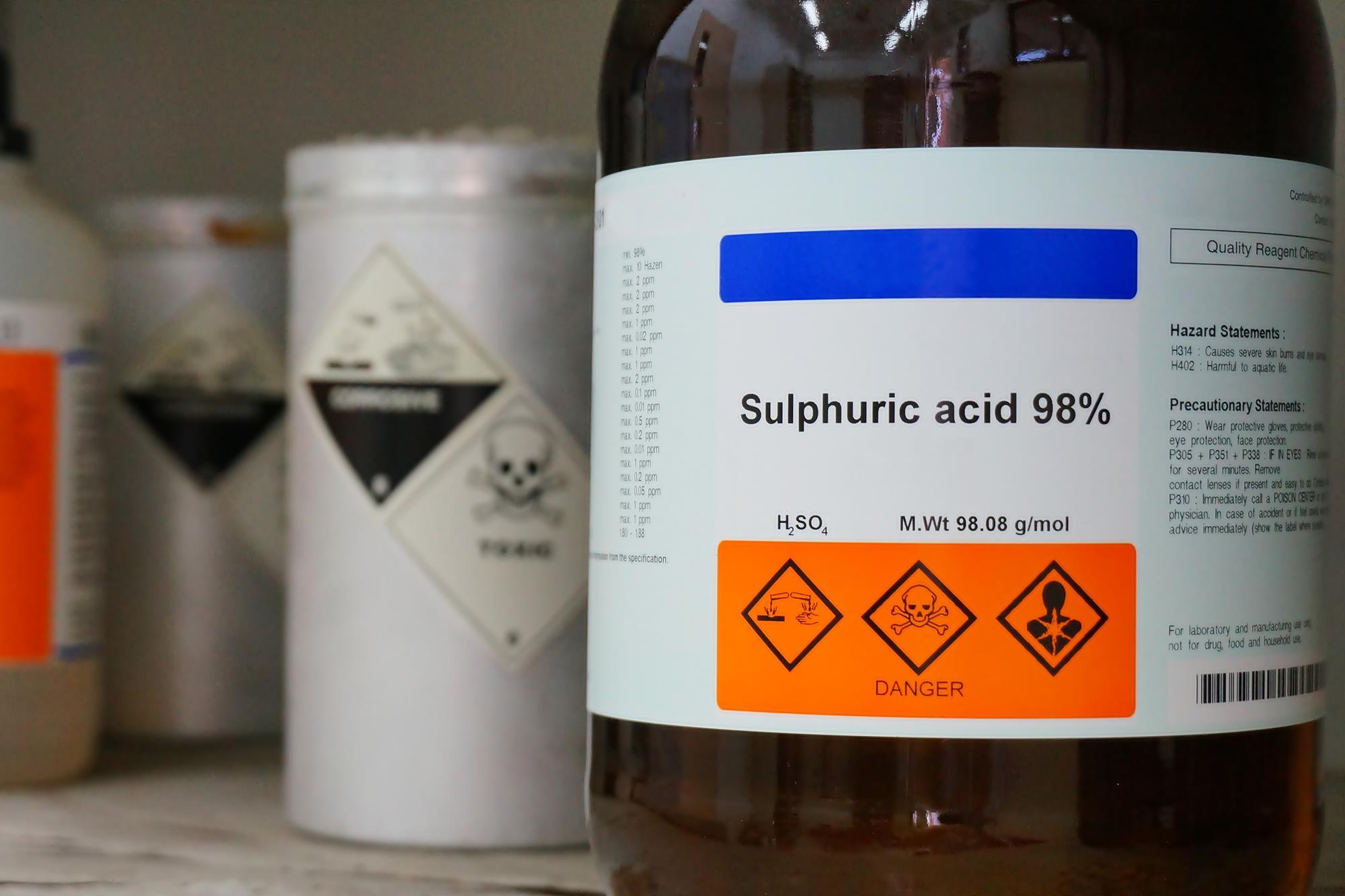Acid scarification is a method used to break down the hard outer seed coat of certain types of angiosperms, making it easier for water and air to penetrate to the embryo inside. This, in turn, promotes germination; faster, at at a higher rate of success. Here’s a general guide to acid scarification:
1. Materials Needed
- Concentrated sulfuric acid (H2SO4) or other appropriate acid*
- Protective gloves, eye protection, and lab coat
- Glass container: Do Not Use a Metal Container!
- Neutralizing solution like baking soda in water
- Seeds
- Water
- Strainer
*Hydrochloric Acid makes a good choice, somewhat mimicking the digestion system of mammals.
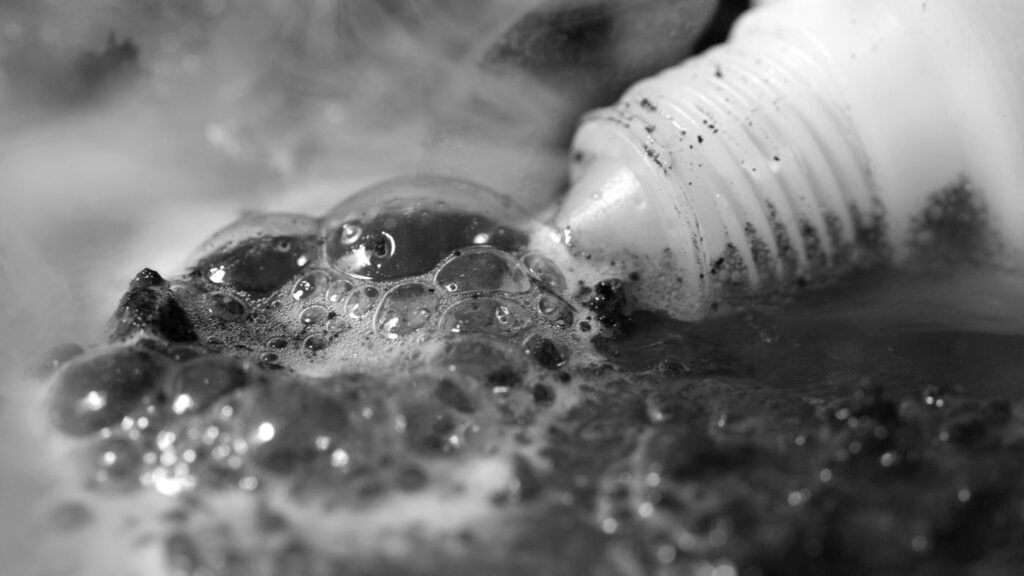
2. Procedure
IMPORTANT: Always handle concentrated acids with care and appropriate protective equipment. Conduct the procedure in a well-ventilated area or under a fume hood. Always add acid to water, not the other way around, to prevent the reaction from being too exothermic and potentially causing an explosion.
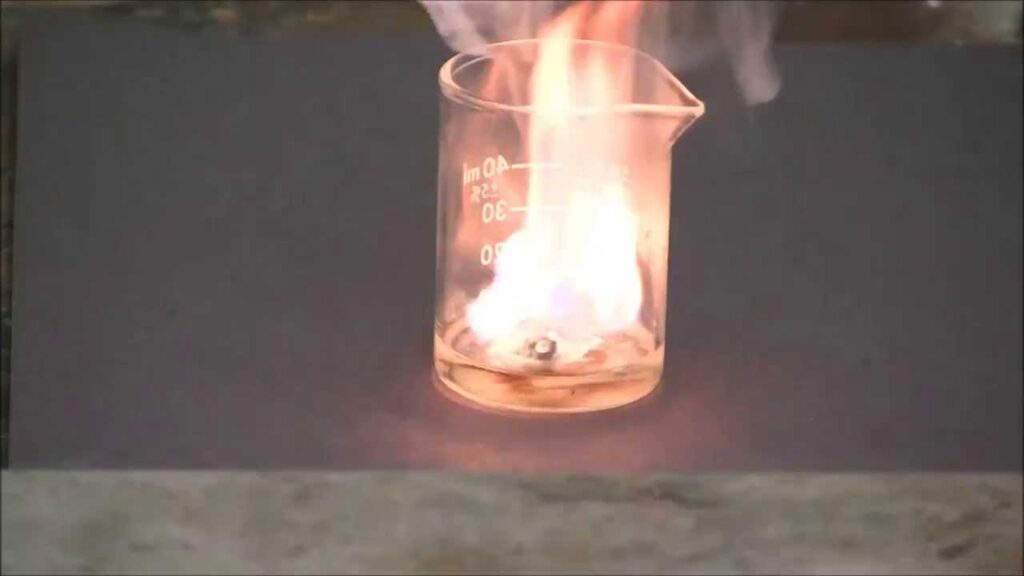
1. Put on your protective gloves, eye protection, and lab coat.
2. Place your seeds into the glass container.
3. Slowly add the concentrated sulfuric acid to the container, ensuring it covers the seeds completely.
4. Stir gently and leave the seeds in the acid. The duration depends on the species of the seed and the hardness of the coat. It might take from 10 minutes to several hours. Some experimentation may be necessary to find the ideal time.
5. Monitor the process closely. The seed coat will gradually erode. When you think the seeds are ready, remove a single seed with a spoon or forceps and rinse it off in water. If it’s easy to scratch off the outer layer of the seed with your fingernail, the process is complete.
6. When ready, carefully pour the acid solution into a larger container containing a neutralizing solution (like baking soda in water) to neutralize the acid. Be careful, this reaction will release carbon dioxide and may cause the solution to bubble or fizz.
7. Strain the seeds from the neutralized solution and rinse them thoroughly under running water for a good amount of time to ensure all acid is removed.
8. The seeds are now ready for sowing. It is generally advisable to sow them immediately after scarification, as they might not store well.
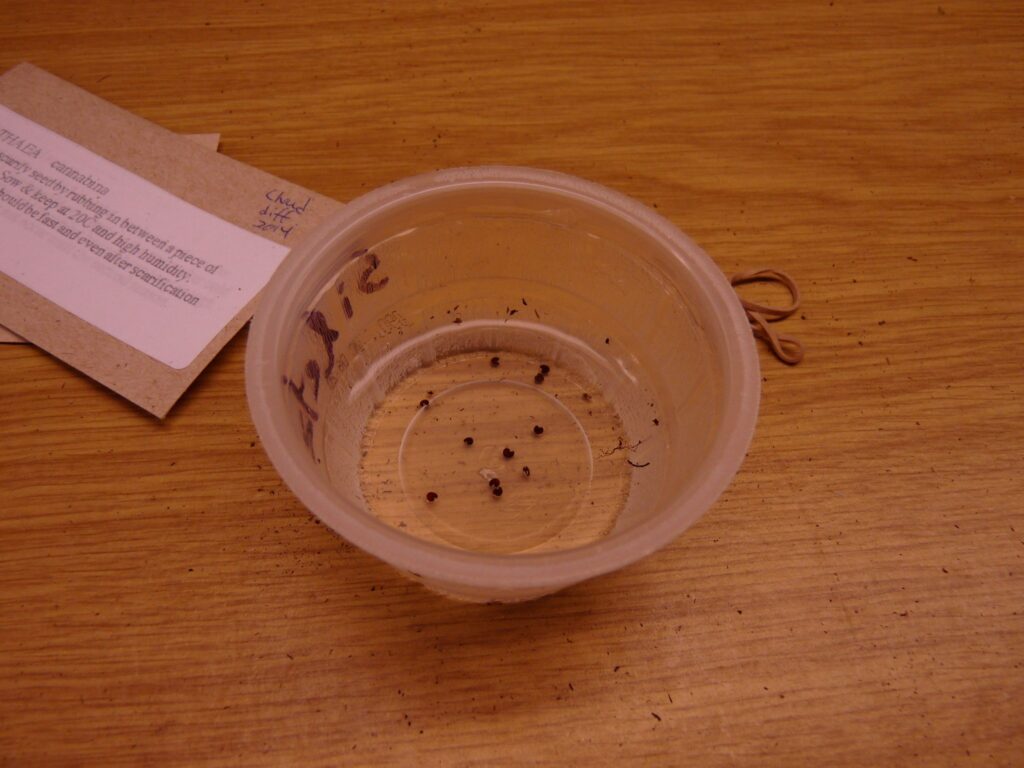
Keep in mind that this is a generic guide, and you should adjust as necessary for your specific angiosperms. Also, make sure to follow all safety precautions when handling and working with concentrated acids. Always dispose of any remaining acid solution in accordance with local regulations, as it can be harmful to the environment if not handled properly.
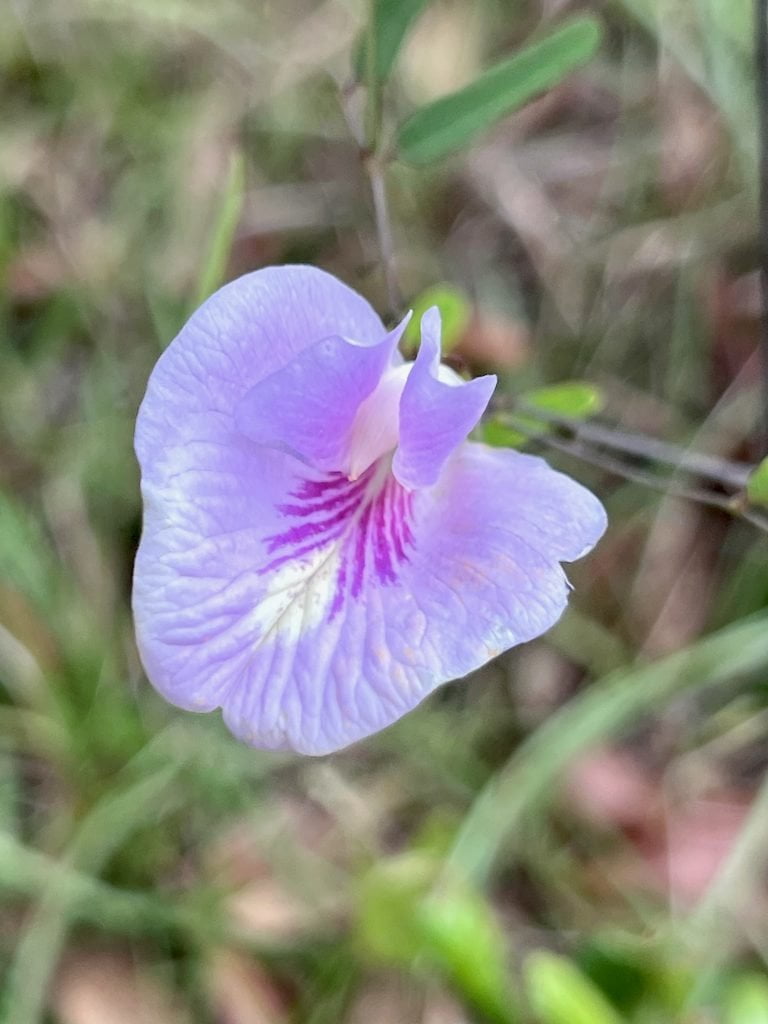
2 Sweet-Scented Pigeonwings (Clitoria Fragrans) Seeds – Florida Native – FL ONLY
Clitoria fragrans is a rare species of flowering plant in the legume family known by the common name pigeon wings, or sweet-scented pigeon wings. It is endemic to Central Florida and is listed as federally endangered. If you think you can grow one, then you can help Johnny on his mission to restore endangered species… one day at a time!
